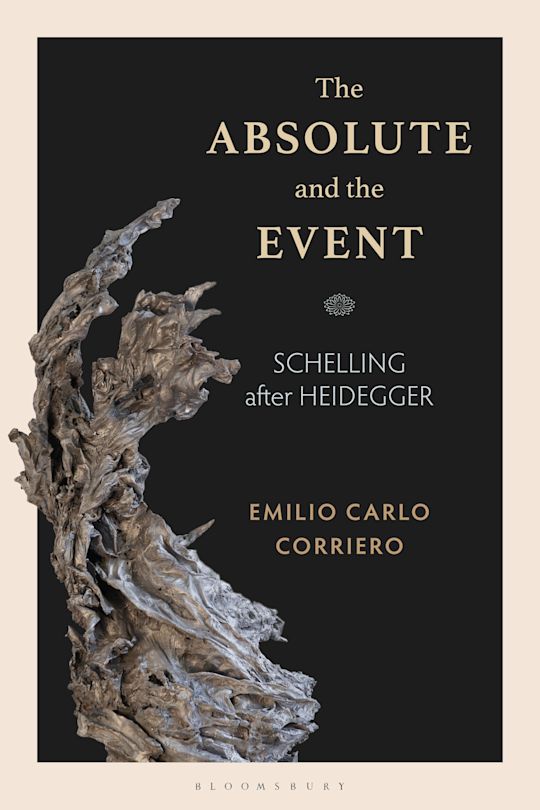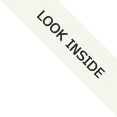- Home
- ACADEMIC
- Philosophy
- Philosophy of Religion
- The Absolute and the Event
The Absolute and the Event
Schelling after Heidegger
The Absolute and the Event
Schelling after Heidegger
For information on how we process your data, read our Privacy Policy
Thank you. We will email you when this book is available to order
You must sign in to add this item to your wishlist. Please sign in or create an account
Description
What does Heidegger's controversial notion of the Event mean? Can it be read as an historical prophecy connected to his political affinity with Nazism? And what has this concept to do with the possibility of a new beginning for Western philosophy after Schelling and Nietzsche?
This book highlights the theoretical affinity between the results of Schelling's speculations and Heidegger's later theories. Heidegger dedicated a seminar to Schelling's Philosophical Investigations into the Essence of Human Freedom in 1927-28, immediately after the publication of his Sein und Zeit. He then returned to this work during the courses he taught in 1936 and again in 1941, with lectures dedicated to the Metaphysics of German Idealism. Heidegger's introduction of the Event is reminiscent of Schelling's effort to think of “being” in its organic connection to time, and is such a new form of Schelling's positive philosophy.
Thanks to a concept of being intimately linked to that of time, these latter of Heidegger's theories culminate in a form of positive, historical philosophy as well as with a definition of a post-metaphysical Absolute that, in close connection with primal Nothingness, is beyond any form of onto-theology. It also reveals close connections to Nietzsche's introduction of the eternal recurrence, which rethinks being as a never-ending becoming.
Table of Contents
1. A New Beginning for Western Philosophy: after Schelling and Nietzsche
2. Heidegger's Reading of Schelling
3. The Unyielding Excess of Being
4. The Positive Beyond the Presence
5. Being that can (make happen) being
Index
Product details

| Published | 16 Apr 2020 |
|---|---|
| Format | Ebook (PDF) |
| Edition | 1st |
| Extent | 192 |
| ISBN | 9781350111684 |
| Imprint | Bloomsbury Academic |
| Publisher | Bloomsbury Publishing |
About the contributors
Reviews
-
From Schelling to Nietzsche and back again. That is the path indicated by Heidegger and retraced in an original way by Corriero, who in this book masterfully reconstructs the suggestive affinities between Heidegger's Event and Schelling's Absolute.
Massimo Cacciari
-
This important study turns to the late Schelling's “positive philosophy” to cast new light on Heidegger's own path of thinking, especially his turn to das Ereignis (the event). It is a significant development in our appreciation of Heidegger and it also demonstrates the continuing importance of the rediscovery of Schelling as one of the most indispensable of the early Continental thinkers.
Jason M. Wirth, Professor of Philosophy, Seattle University, USA
-
This book is clearly the richest account of Heidegger's appropriation of Schelling's philosophizing yet written. In an important contribution to this century's Schellingian revival, Corriero, a subtle master of the history of modern thought, compellingly argues that Schelling's persistent reconception of nature presciently provides contemporary metaphysics with the ontogenetic means to survive the ruins of ontology over which Heidegger has for so long presided.
Iain Hamilton Grant, Senior Lecturer of Philosophy, University of the West of England, United Kingdom

ONLINE RESOURCES
Bloomsbury Collections
This book is available on Bloomsbury Collections where your library has access.



































